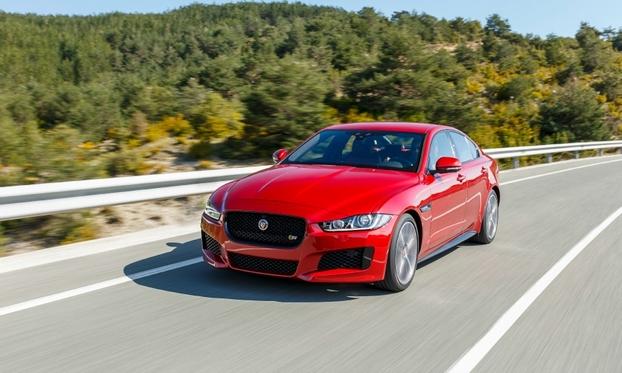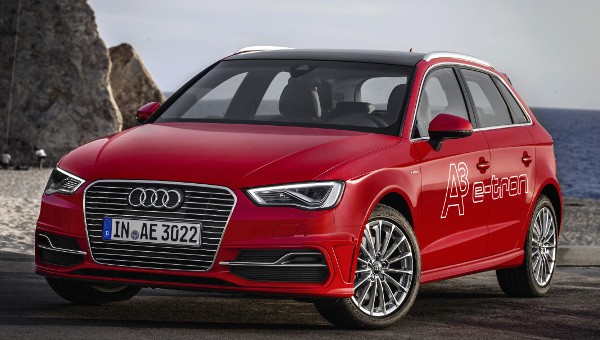
Nowadays, digital prototyping or computer stimulation has created a buzz in the automotive industry worldwide. Every automaker from big tycoons to beginners is utilizing this technology and integrating it into their car-testing procedures to get better results. Computer simulation for crash testing, aerodynamics and fuel economy is cutting off the time it takes to develop a new vehicle, which helps automaker save millions.
According to research by analysts IHS Automotive – digital prototyping has significantly helped reduce the development time of a new model from 36 months to 24 months compared with the 1990s. “The obvious benefits are lower costs, time savings and freshness of the product portfolio,” IHS senior manager Matteo Fini said.
“Crash simulation is done over a maximum of two days nowadays, and that has taken the time out of the development cycle,” Epple told Automotive News Europe. With each prototype costing about 500,000 pounds (about 685,000 euros), that reduction has saved a lot of money. The JLR executive added that it also has improved crash performance: “Now you can hit a wall at 50 mph and leave the car without being injured.”
What is Digital Prototyping?
Digital prototyping is an extension of creating product designs in 3D. This advanced technology lets professionals from engineering and manufacturing sectors to virtually explore the complete product before it is built. It enables engineers to design, optimize, validate and visualize a product digitally throughout its development process, which helps them to determine whether or not the product will fail or how it will work under given circumstances.



















